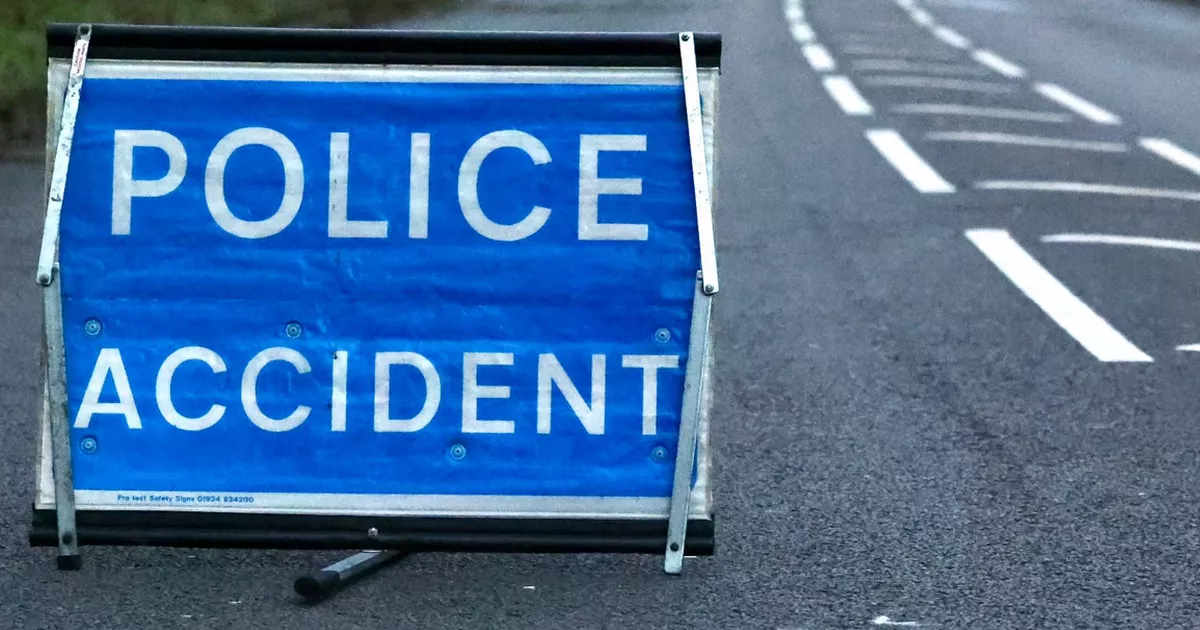A new fire station was opened in Darlington on Monday, marking a new chapter in fighting fires that goes back centuries to the Great Fire of Darlington – nearly a century before a certain conflagration down south…
The Great Fire of Darlington swept through the wooden buildings of High Row and Skinnergate, rendering 800 of the town’s population of 1,200 homeless. There was no brigade, so the people threw milk and even beer on the flames. It took Darlington 50 years to recover.
1757
The first recorded fire engine – a portable pump – was stationed in the south-west corner of St Cuthbert’s churchyard and the churchwardens were tasked with keeping it “fit for use on any sudden occasion”.
1837
A manual fire engine – one pumped by hand rather than by steampower – was stationed at a sewage works in Park Street (probably where the Royal Mail sorting office is today). Its keys, though, were kept a good sprint away in the police station in Grange Road.
1863
The volunteer superintendent of the fire brigade was promoted to a £3-a-year full time job, Darlington’s first professional firefighter.
1870
Joseph Pease presented Darlington’s first proper fire engine to the town. It was named Southend after his mansion, which is now Duncan Bannatyne’s hotel on Grange Road, and it was stationed in the cellars beneath the Covered Market.
When there was a call-out, a fuzee, or large match, was dropped down the engine’s chimney. Horses were collected from nearby fields to pull the engine to the blaze.
By the time it arrived, it should have got up a good head of steam to be able to pump water. On a good day, the pressure was up in six minutes 54 seconds; on a windy day it took eight minutes 50 seconds.
Such was the power of Southend’s hoses that The Northern Echo said that “with a plentiful supply of water no fire could contend successfully against such a shower”.
Mr Pease, of course, had the most to protect against fire: big blazes almost destroyed the family’s woollen mill beside the Skerne in 1894 and 1933.
1889, Jan 28
Darlington fire brigade and Southend which fought the furney fire of 1889. Capt John Bowman, second from left, was in charge on the night five people died.
Five people were killed when the North of England School Furnishing Company factory in East Mount Road collapsed on a crowd of 3,000 which had gathered to watch the huge blaze. The crowd was alerted to the drama by the ringing of the Town Clock bell to summon the firemen. This practice was stopped.
1902
In 1902, the volunteer firemen turned professional.
1905, June 7
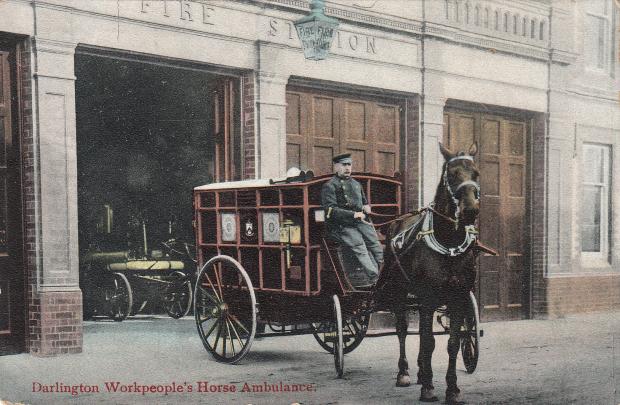 An Edwardian postcard showing a horsedrawn ambulance at the newly-opened Borough Road station
An Edwardian postcard showing a horsedrawn ambulance at the newly-opened Borough Road station
The town’s first proper station was built in Borough Road at a cost of £4,000. As he opened it, Councillor Tommy Crooks, chair of the Fire Brigade Committee, said: “We can pride ourselves on being properly equipped for some years to come for any fires we might have or might hope to have.”
Above the engine room was a recreation room for the firemen and brass poles so they could slide quickly down in case of emergency. Adjoining were houses for three men and the brigade captain, and behind were stables for the horses which pulled the engine.
A public subscription raised £130 for the town’s first Accident Ambulance which joined the engine in the Borough Road station, and was pulled by the same horses.
1920s
The coming of the era of the internal combustion engine. Darlington tested its first motorised engine in 1920; the old horsedrawn Southend was retired in 1923, and in 1926 it bought a Leyland engine with a 65ft ladder.
The body of the Accident Ambulance was transferred to the chassis of a Ford motor van, and as it dashed round town collecting the sick and the injured, it was known as the “flying bedstead”.
1936
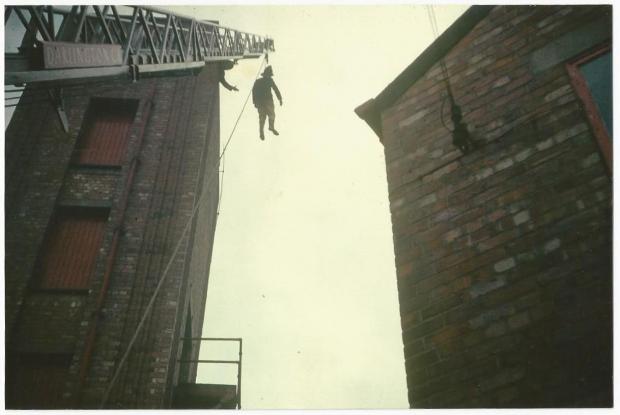
A tower was built behind the Borough Road station. It was needed so the firefighters could practice and also so that their 75ft long canvas hoses had somewhere to hang and dry so they didn’t rot. During the war, the tower was used for firewatching – to spot where incendiary bombs landed during an air raid and direct the brigade to the scene.
Second World War
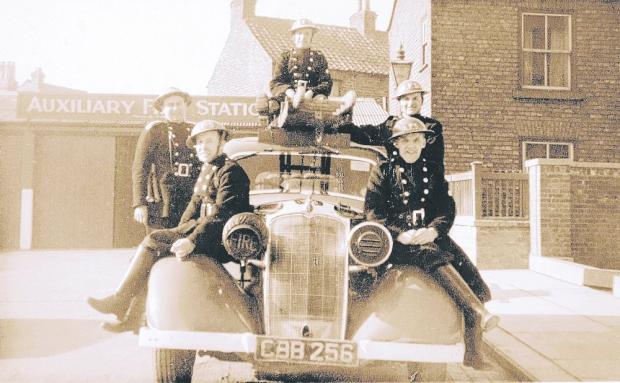 National Fire Service members in Barnard Street, Darlington, during the war. Picture courtesy of Brett Clayton
National Fire Service members in Barnard Street, Darlington, during the war. Picture courtesy of Brett Clayton
At the outbreak, firemen were looked down upon for not signing up for the armed forces, but the vital, self-sacrificing role they played during the Blitz changed that. The National Fire Service was formed, taking control away from the council, to co-ordinate the full time firefighters and the volunteers in the Auxiliary Fire Service.
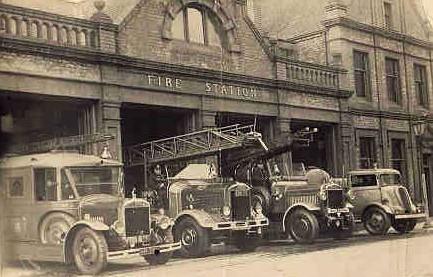 Wartime engines outside the Borough Road fire station.
Wartime engines outside the Borough Road fire station.
Darlington was the headquarters of the C Division of the No 2 Fire Force of the national service. There were 16 sub-stations throughout the town – one, built in 1943 in Brook Terrace to house a couple of engines, stood until the 1990s when it was being used by the council parks department – and its area spread as far as Leyburn.
After the war, local control of the fire service resumed.
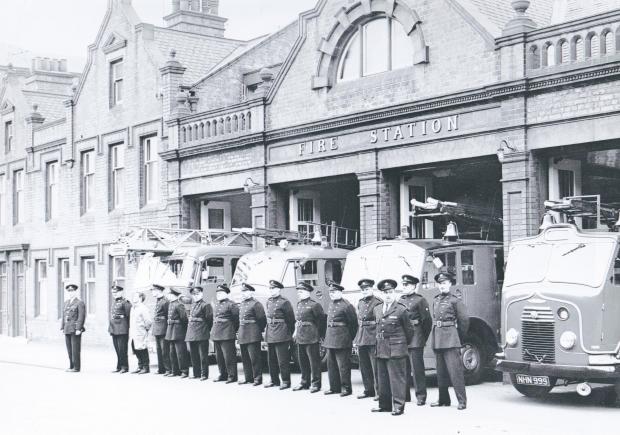 Station line-up at Borough Road in the 1950s
Station line-up at Borough Road in the 1950s
1969
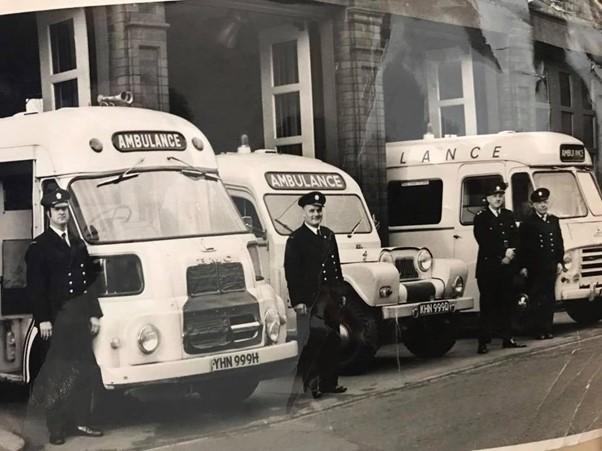 The ambulance crews returned to Borough Road in 1973.
The ambulance crews returned to Borough Road in 1973.
With fire engines getting bigger, space was so tight in the Borough Road station that the ambulance moved out to Larchfield Street Drill Hall.
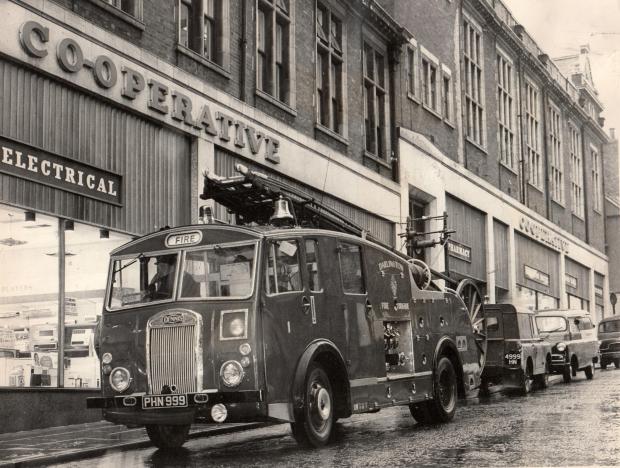 A Darlington engine outside the co-op in Priestgate in the late 1960s
A Darlington engine outside the co-op in Priestgate in the late 1960s
1973, Jan 18
A £300,000 fire station beside the inner ring road was opened at 3pm by Councillor J.S.McLoughlin, chair of the council’s Trading and Public Protection Committee. The ceremony was interrupted when the firefighters were called to a pile-up in the fog on the A66 at Sadberge.
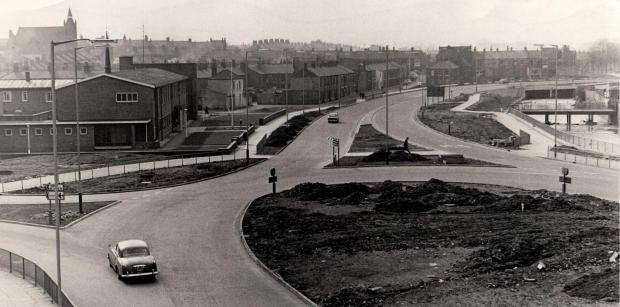 Darlington Inner Ring Road in 1969 – the terraced houses remain on the fire station site
Darlington Inner Ring Road in 1969 – the terraced houses remain on the fire station site
The new station, built on land cleared of terraced houses, had seven bays for engines, and was arranged on one floor so there was no need for brass poles.
It was designed so that the control room had its window overlooking the slipway onto the ring road, with the chief fire officer having his office above.
The first major blaze handled from the new station was on April 30, 1973, at Barrett’s timber workshop which was in the former North Road railway shops, where the Morrisons supermarket is today. It required all appliances, plus help from Durham County.
The ambulance station moved back into the Borough Road premises.
1974, Apr 1
Local government reorganisation meant that the Darlington brigade joined the Durham County Fire Brigade.
1990s
The station handled 3,500 call-outs a year, and was joined by its first full time female firefighter, Susie Pratt, in 1993.
A debate was beginning about whether the station should be in the town centre, when risky manufacturing premises, like the mill, had moved out. Should there be two smaller stations on the east and west sides of town to serve the new housing, or should one station be closer to the motorway?
Another long standing question concerned the way engines accessed the ring road. The station was designed so that a traffic light control could allow them to swing across the southbound carriageway onto the northbound, but traffic engineers had prevented this from being installed because they didn’t want anything, even an emergency, to interrupt the flow of cars, so the engines had to spin round the Feethams roundabout.
More galling for the firefighters was the installation of a pelican crossing on the dual carriageway. Fire engines are allowed to go through red lights, but not ones on pedestrian crossings.
2002
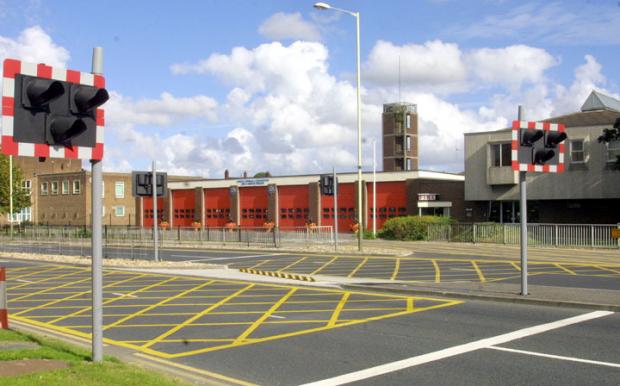
Maintenance workshops behind the fire station were converted into the ambulance station, so once again the site became shared – and the emergency crossing was installed on the ring road. The 1905 Borough Road premises became a carpet showroom and in 2017 were turned into the Theatre Hullabaloo.
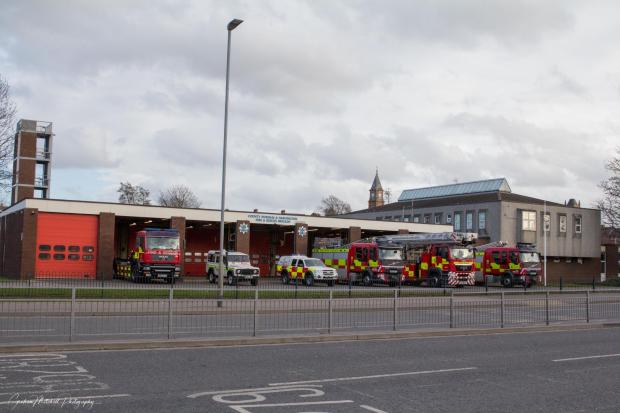 The last line-up of fire vehicles in March 2019 at the old station. Picture: Graham Mitchell Photography
The last line-up of fire vehicles in March 2019 at the old station. Picture: Graham Mitchell Photography
2020, Jan
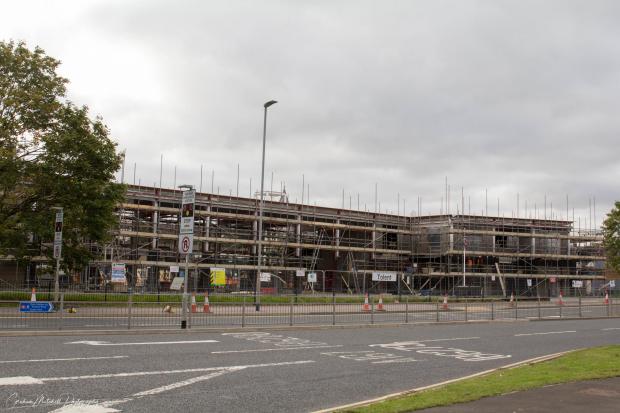 The new station begins to emerge. Picture: Graham Mitchell Photography
The new station begins to emerge. Picture: Graham Mitchell Photography
With the 1973 station financially unviable, demolition begins, with its footprint being used for a new one.
2020, Feb 22
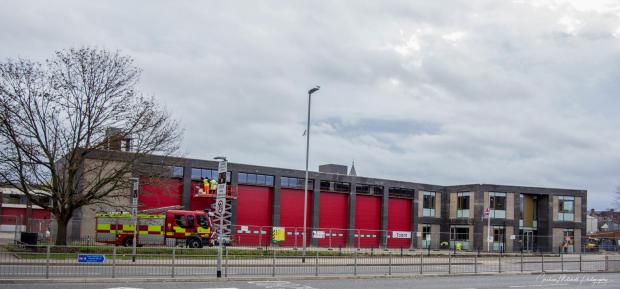 Finishing touches being put to the new station. Picture: Graham Mitchell Photography
Finishing touches being put to the new station. Picture: Graham Mitchell Photography
There was a socially distanced opening of the £3.2m station on Monday. There may be a proper ceremony when the pandemic has passed.
